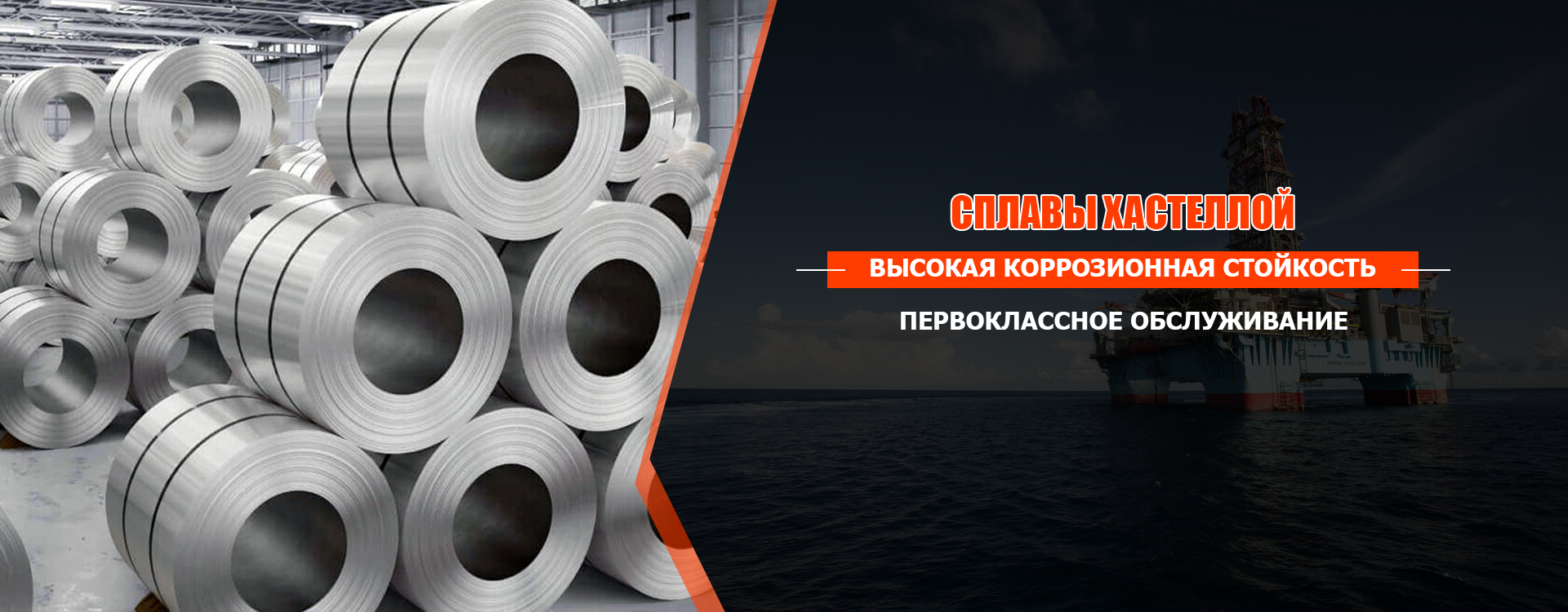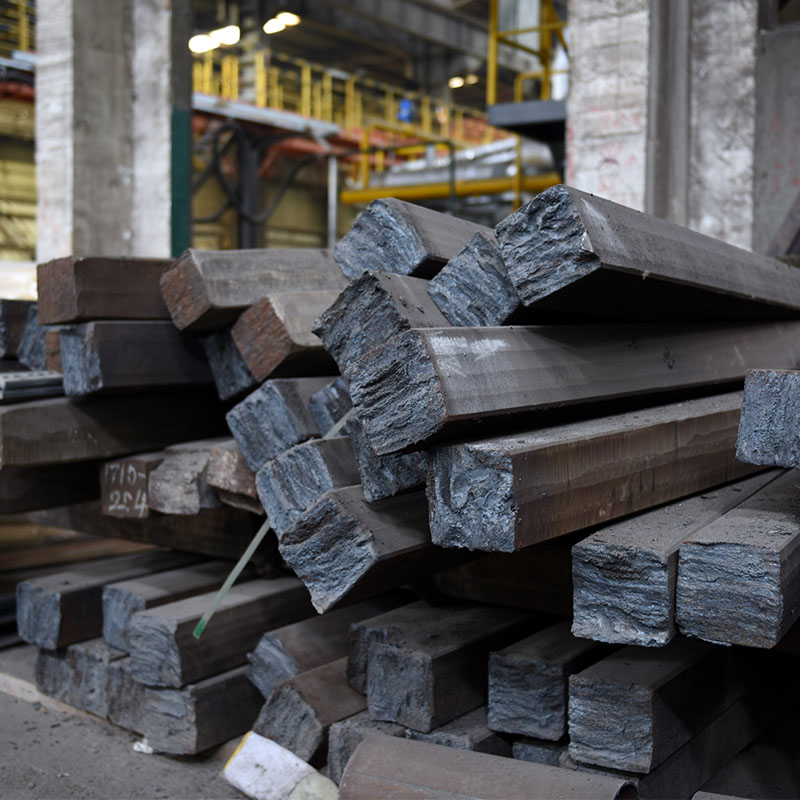
stainless steel pipe
Stainless steel pipe
Stainless steel pipes are indispensable material in various areas of our lives. They are strong, durable and resistant to corrosion, which makes them ideal for use in various conditions. Imagine how many different things around you are made from this inconspicuous, but important component.
The benefits of using stainless steel
The main advantage of stainless steel is its exceptional corrosion resistance. This means that it does not rust and does not destroy under the influence of moisture and other aggressive environments. Compared to ordinary steel, stainless steel retains its appearance and functionality much longer. In addition, stainless steel pipes have high strength and plasticity, which allows them to withstand significant loads and maintain their shape when bending. They are resistant to high temperatures and chemical exposure, which makes them suitable for use in food, chemical and many other industries.
Variety of use of stainless pipe
These pipes are used everywhere - from laying the water supply in houses and offices to the construction of bridges and oil pipelines. In the food industry, a stainless pipe plays a critical role in the manufacture of equipment for processing food, guaranteeing the safety of products and maintaining their freshness. In the chemical industry, they provide reliability in the transportation and storage of chemicals. Construction also actively uses stainless pipes, for example, for the manufacture of supporting structures. In general, you can find stainless steel pipes almost everywhere where reliability and durability are needed.
Selecting and care for a stainless pipe
When choosing a stainless steel pipe, it is important to pay attention to its brand, wall thickness and diameter. Different brands of steel have different corrosion resistance and strength. The correct choice depends on the specific application. As for leaving, stainless steel is usually unpretentious. Regular cleaning of pollution and periodic inspection for damage will help extend the service life of your pipes. The possible effects of the external environment should also be taken into account. For example, in aggressive environments, additional protection may be required.
AppropriateProducts
Corresponding products
The best soldproducts
The best -selling products-
 Austenitic stainless steel n08367
Austenitic stainless steel n08367 -
 Duplex steel 2205 (F60)
Duplex steel 2205 (F60) -
 High -temperature bearing steel G102CR18MO (9CR18MO)
High -temperature bearing steel G102CR18MO (9CR18MO) -
 (Super) High -strength steel A100
(Super) High -strength steel A100 -
 Alloy Inconel 625 (N06625)
Alloy Inconel 625 (N06625) -
 Histella alloy C-276 (N10276)
Histella alloy C-276 (N10276) -
 Dispersion-hardening stainless steel 630 (17-4ph)
Dispersion-hardening stainless steel 630 (17-4ph) -
 Alloy Incola 825 (N08825)
Alloy Incola 825 (N08825) -
 Alloy Monel 400 (N04400)
Alloy Monel 400 (N04400) -
 HH4169 frying alloy (in718)
HH4169 frying alloy (in718) -
 Superfisted stainless steel 316L-uhp-a
Superfisted stainless steel 316L-uhp-a
Connectedsearch
Related search- Flood Monel
- Suppliers who buy Inconsel 625 powder
- Buy a stainless steel processing plant
- Buy a C120 Severe Steel Factory Plant
- Chinese suppliers of alloy stainless steel
- Inconsel powder 625
- Chinese manufacturer Khastella G30
- Buy Inconsel 718 Suppliers
- Buy 631 (17-7ph) Supplier
- Suppliers Inconel 792 from China





